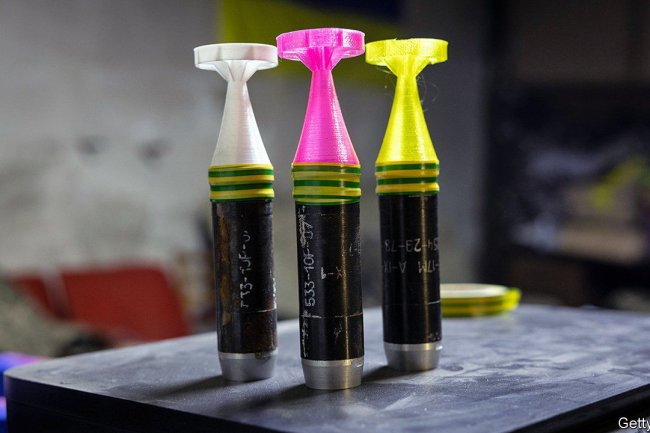Inflation Tracker: What Costs Less—And What Remains Stubbornly Expensive
See the road to 3% inflation, of all the CPI basket items that matter to you ELENA SCOTTI/THE WALL STREET JOURNAL, ISTOCK (6) ELENA SCOTTI/THE WALL STREET JOURNAL, ISTOCK (6) By Brian Whitton and Bourree Lam Updated July 12, 2023 9:03 am ET The Journal has put together a price tracker of common items that many Americans buy monthly to see the direction of prices that matter to you. This living page will automatically update with the most recent prices from the CPI as new numbers are released.


The Journal has put together a price tracker of common items that many Americans buy monthly to see the direction of prices that matter to you. This living page will automatically update with the most recent prices from the CPI as new numbers are released.
When looking at the graphic above, keep in mind that these percentages compare prices year-to-year and not month-to-month. If a price change of 100% is reported for two months in a row, it means that for each month, prices are roughly double what they were the same time last year (they haven’t doubled twice in a row).
As prices stabilize, we’d expect to see a flattening out of the monthly year-over-year numbers, resulting in more boxes in very pale shades of blue and orange.
How Is Inflation Calculated?
The CPI basket of 80,000 items is broken down into categories broad (such as food) and narrow (like bananas). Let’s take a closer look at fruits and vegetables, foods we’re all supposed to be eating daily.
Price Moves
The top-line inflation number is hard to parse because it’s such a big-picture view of things. Knowing the history of how prices have moved helps put a single month in context. Here’s a snapshot of two items in the CPI that shows the importance of looking at price changes over months.
In March 2022, the price of butter jumped, but does that mean that butter had become a luxury item? We can see it follows a year of consistently low prices. After the stable prices, upward movement may be a return to a historical average.
Rental prices for cars and trucks dropped in May 2022. After a year of price increases, this might mean that prices have peaked.
What Items Are Getting Cheaper? More Expensive?
Is Your Life Getting More Expensive?
The BLS revises what it tracks every two years based on the spending habits of volunteers who keep a purchase diary. But that doesn’t mean the main number reported as inflation will reflect the rising prices you’re facing.
Think about what you bought in the last week, or the last month. Then use the list below to pick items that you purchase regularly. Scroll down to track how inflation has affected just those items over the past year. Placement of the categories in the grid is connected to their weighting in the CPI formula, with boxes toward the top and left having more impact on the CPI number.
You can edit your selection by choosing new items directly from the grid.
—Soph Warnes contributed to this article.
Methodology: The data powering WSJ’s inflation tracker is from the consumer-price index compiled by the Bureau of Labor Statistics every month. Using the BLS’ Public Data Application Programming Interface (API), the Journal’s inflation tracker is updated automatically every month on the morning of the data release.
The most recently published index values for the CPI for all urban consumers (CPI-U) can be found here. The CPI-U is the most widely used measurement published by the BLS and covers 93% of the U.S. population.
The BLS collects data for 243 item categories (like “butter” and “wine at home”) which it uses to construct aggregate indexes across geography (like metro area and region) and type (like “food” and “alcohol”). This article presents data published across for all available CPI-U items from the nationwide average, known as the U.S. City Average.
We have also included common measures used by economists, such as core CPI (all items less food and energy) along with others. These groupings are used to look at the CPI without the volatile prices of food, energy, or shelter. The full list of items and groupings are available here.
To calculate the individual basket of goods, we used each item’s year-ago relative importance value as a starting point and chained it forward using the corresponding change in index value to calculate the month-to-month change. Starting from the relative importance number allows us to add up the end results to produce an accurate index value. Relative importance values in the CPI are assigned based on how much an item contributes to the overall inflation number. You can explore the math here.
What's Your Reaction?

















